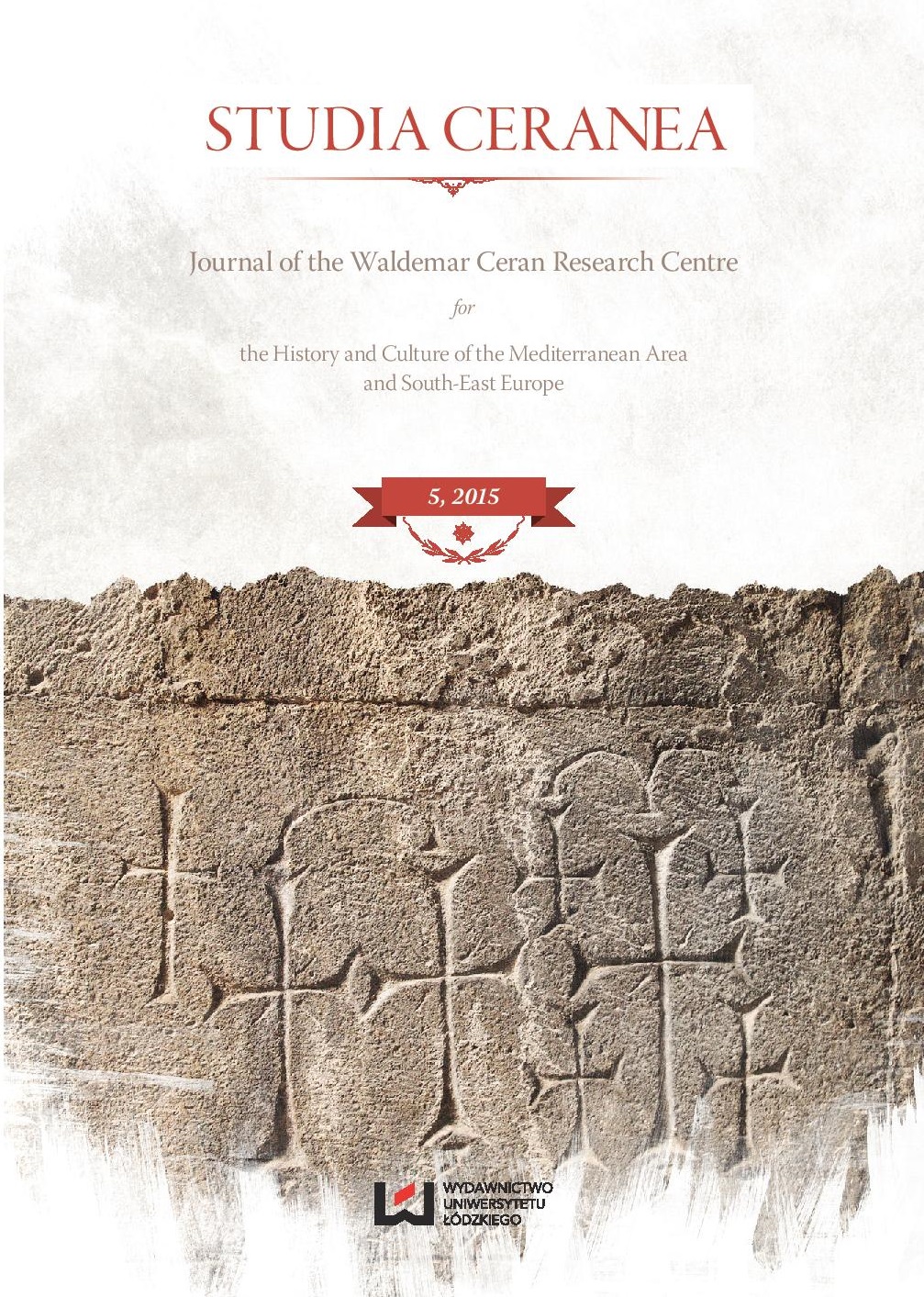The Transition from the Temple of Jupiter to the Great Mosque of Damascus in Architecture and Design
The Transition from the Temple of Jupiter to the Great Mosque of Damascus in Architecture and Design
Author(s): Kamil SobczakSubject(s): Cultural history, Architecture, Theology and Religion, History of Islam
Published by: Wydawnictwo Uniwersytetu Łódzkiego
Keywords: Hadad; Temple of Jupiter Damascenus; Great Mosque of Damascus; Roman architecture; Islamique architecture
Summary/Abstract: Great Mosque of Damascus was built between 705 and 715 by the Umayyad Caliph al-Walid I. However, the origins of this building dates to the distant past. At first it was a location of an ancient Aramaean temple dedicated to the god Hadad. With Hellenization the temple was dedicated to Zeus and in the first century BC the Romans transformation it into the Temple of Jupiter Damascenus. In 391 Emperor Theodosius converted the temple into Christian Cathedral of Saint John. Erection of the mosque by Caliph al-Walid I was under strong influence of earlier constructions. Meaning and consequences of such transitions, from the Roman temple (there is almost no data of the Aramaic building) through the Christian Cathedral to the Islamic mosque is an interesting process. Issue not only within the art and architecture, but what is more, in a religious aspect of the continuity of sacred space.
- Issue Year: 2015
- Issue No: 5
- Page Range: 311-320
- Page Count: 10
- Language: English

